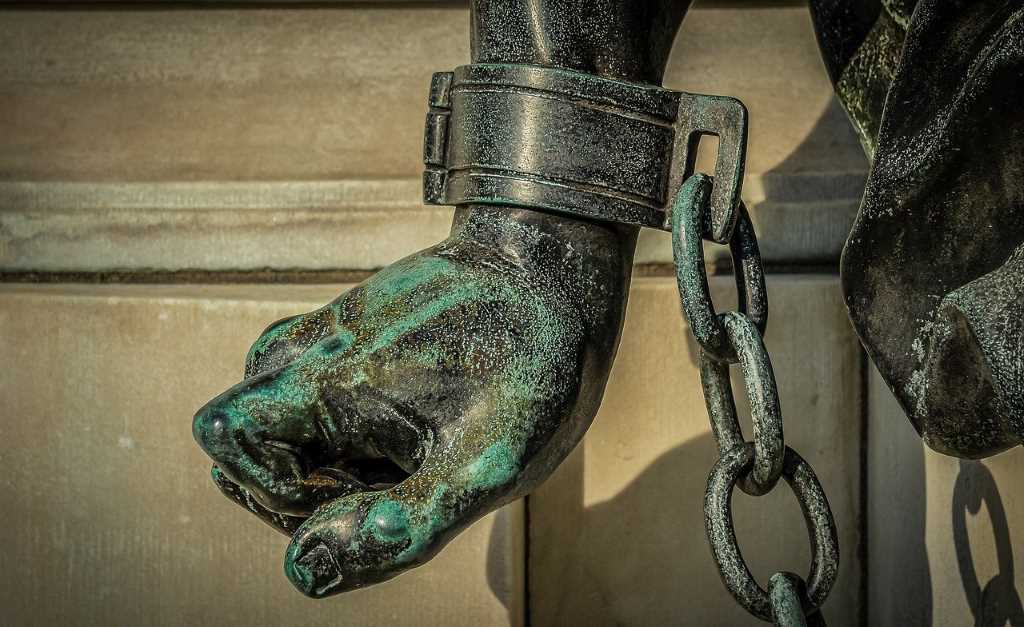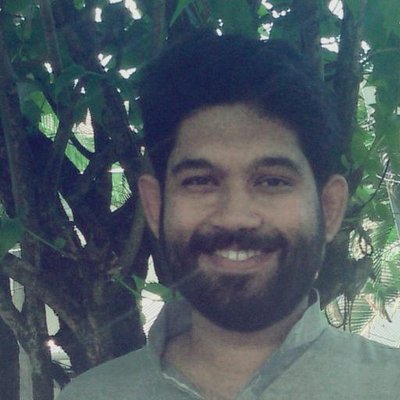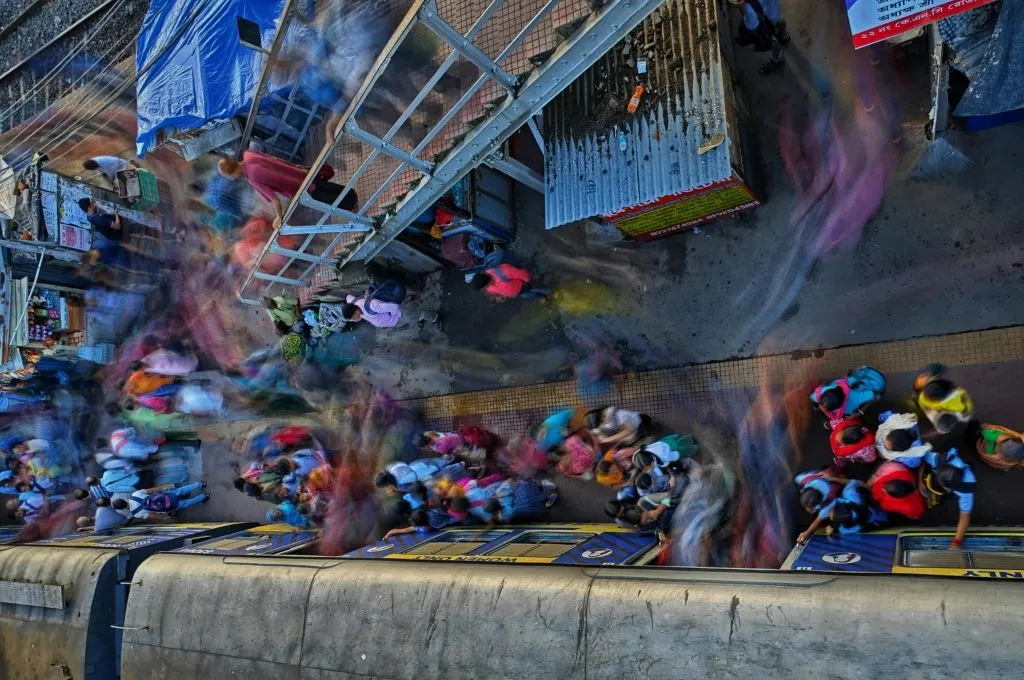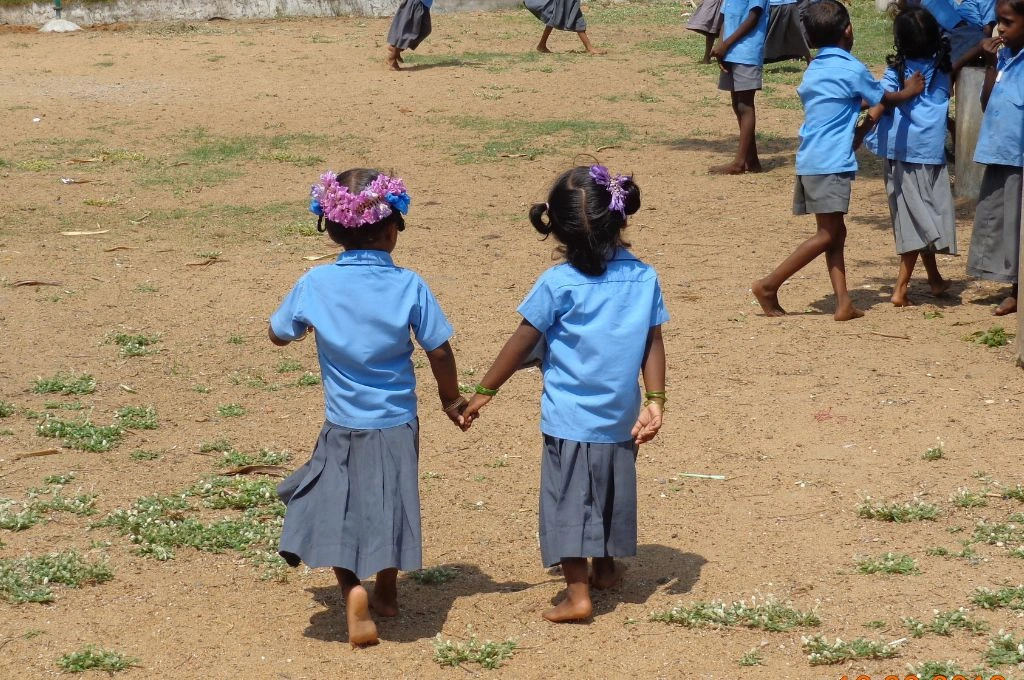Anil* (26) and Suresh* (36), both from scheduled caste (SC) or Dalit communities, have been under trial for a case of attempt to murder in western Maharashtra since November 2016. The case has cost them lakhs of rupees, and the nearly five months they spent in jail cost them regular employment and economic stress—a setback they are yet to recover from.
They got bail in late March 2017 but the case continues—they claim it is false and was filed after they had a run-in with a dominant caste group in their locality. Anil and Suresh’s case is somewhat typical—37% of undertrials spent between three months and a year in jail in 2019, without even having been convicted of a crime. These long periods of incarceration can not only leave the prisoners and their families financially and emotionally devastated, but can deal a long-lasting blow to their chances of employment and societal reintegration, leaving some groups susceptible to profiling and subsequently charged with crimes repeatedly.
Seven in 10 of the 478,600 people in prison in Indian jails are under trial, according to the 2019 National Crime Records Bureau (NCRB) data on prisons released in August 2020. Only 14 countries in the world have a higher proportion of undertrial or remand prisoners.
Caste prejudices and over-policing of certain communities are important social factors behind the significant presence of marginalised caste groups in jails.
A majority of India’s undertrials, like Anil and Suresh, are from marginalised castes. In the 17 years to 2019, nearly two in three (64%) on average were from the SCs (21.7%), scheduled tribes (STs or Adivasi communities, 12.3%), and other backward classes (OBCs, 30%).
Further, more than one in five (21.5%) undertrials were Muslim, the highest proportion among religious minorities. (Data on inmates’ caste and religion were not released for the year 2016.)
Caste prejudices and over-policing of certain communities are important social factors behind the significant presence of marginalised caste groups in jails, experts told IndiaSpend. When exacerbated by poverty, the high cost of litigation, and the poor quality of free legal aid, the result is that social inequities in society get replicated inside of prisons.
Role of social inequality
“The issue of overrepresentation of minorities is a worldwide phenomenon, not particular to India,” said Vijay Raghavan, professor, Centre for Criminology and Justice at the Tata Institute of Social Sciences (TISS) and project director of Prayas, a field action project working on criminal justice.
Custodial populations hold a mirror to the social inequalities and discrimination that exists in society and the socio-economic processes push certain communities to the margins, Raghavan said. There are two ways to study the problem, he pointed out: one focussing on the lack of opportunities that push members of marginal communities into a life of crime, and another on the systemic bias against minorities which leaves them more vulnerable to arrest. “My opinion is that it is a mix of both,” said Raghavan.
‘Poverty is a major reason’
Although there have been interventions and reforms introduced by the legislature and the judiciary, “the extent and duration of undertrial incarceration [is] on the rise” and “such incarceration has a disproportionate impact on the most socio-economically vulnerable sections of society”, noted a 2017 paper ‘Bail and Incarceration: The State of Undertrial Prisoners in India’ by researchers Aparna Chandra and Keerthana Medarametla.
Deeply entrenched prejudices, structural and procedural blockages in the criminal justice system, delayed investigation, deficient prosecution system, and inadequate funding for judiciary were among some of the issues for high incarceration of Dalits and Adivasis, noted a 2018 report by National Dalit Movement for Justice (NDMJ)-National Campaign on Dalit Human Rights (NCDHR), a coalition of Dalit human rights activists and academics.
“Poverty is a major reason for so many undertrials in jail,” said Rahul Singh, director, NDMJ-NCDHR, advocate in the Delhi high court, and author of the report. SCs and STs are among the poorest in India, with five of 10 falling in the lowest wealth bracket. SC and ST households earn 21% and 34%, respectively, less than the national average while OBC households fare better but still earn 8% or Rs 9,123 less than the annual Indian average, IndiaSpend reported in January 2019.

India’s prisons are overcrowded with an average occupancy rate of 118.5% in 2019, as per NCRB data. | Picture courtesy: Pixabay
Anil, whose family depends on farm labour for its livelihood, had to sell a vehicle to fund legal costs and bail. He is unable to find a government job because of the case. Suresh does computer repair work.
In November 2016, they had an altercation with a man who suffered a paralytic stroke after a few days of the incident. “There was fighting and cursing. Although his stroke had nothing to do with our fight, under pressure from the dominant caste group the case was made to look as though it was a result of the altercation,” said Anil.
Counter-cases are often filed against marginalised castes and minorities who may have filed a case of atrocity.
Both Anil and Suresh are associated with the Dalit rights movement which is helping them access legal support. Suresh had been given police protection because he was witness to the murder of a Dalit activist in 2013 but this has been removed after the attempt to murder allegations. “The accused in murder were from the dominant caste,” he said.
Counter-cases are often filed against marginalised castes and minorities who may have filed a case of atrocity. “The investigation and trial in these counter cases will be speedy, while the cases filed by Dalits and Adivasis against dominant caste communities will be slow,” said Singh.
Poor legal aid and representation
An undertrial’s condition in a jail depends mostly on the availability of family and financial support, Raghavan wrote in ‘Justice Frustrated: The Systemic Impact of Delays in Indian Courts’, a collection of essays on the Indian judicial system co-published by Daksh, a civil society organisation. Those who have the support are able to access a “decent” lawyer, meet family members during supervised prison visits, rarely miss court dates due to the non-availability of police escorts, have funds to buy coupons for daily item, and “grease the palm of prison officials or convict warders” to access better facilities such as a mattress or better ventilated space, the essay said.
Quality legal representation is not only an individual’s right but has the role of a security valve to ensure that no person is imprisoned unnecessarily.
Undertrials without the critical family or financial support have a considerably harder time in prison. “First, they have no or poor legal representation,” Raghavan noted in his essay. The lawyer may take “whatever money the undertrial prisoners are able to arrange through family or friends with the promise of getting them out on bail”, but “vanish once they are transferred from police custody to prison (judicial custody)”.
Experts were of the view that the quality of legal services, particularly free legal aid in India, is poor. Nearly 80% of India’s population qualifies for legal aid, but since 1995, only 15 million have been provided legal services and advice by the Legal Services Institutions established under the Legal Services Authorities Act, 1987, IndiaSpend reported on February 11.
“Legal aid lawyers do not put in [enough] effort and present the case well,” said Suresh. “It is as if they want us to remain in prison.”
“Quality legal representation is not only an individual’s right but has the role of a security valve to ensure that no person is imprisoned unnecessarily,” said Siddharth Lamba, project officer, Prison Reforms Programme, Commonwealth Human Rights Initiative (CHRI). The cost of litigation should not be an issue–Article 39A of the Constitution provides for free legal aid to those who cannot afford it. “However, the reality is far from the ideals of Article 39A,” Lamba said.
“The quality of legal aid and services in this country is abysmal,” said Nikita Sonavane, lawyer and co-founder, Criminal Justice and Police Accountability Project, a Bhopal-based organisation that works with tribal groups stigmatised by the criminal justice system. Only those who have no resources seek legal aid services and undertrials would rather incur a debt and employ a private lawyer, she pointed out. Legal aid lawyers are not paid well and have no incentive to perform well, she added.
In the case of Anil and Suresh, they have together spent nearly Rs 3 lakh since 2016. The cost of litigation excluding the lawyer’s fees increases if the case is appealed in a higher court. Even before a first information report is filed, and the case gets registered and becomes a part of the criminal justice system and before legal aid is available, “costs” are incurred at police stations in the form of bribes, said Sonavane.
Lack of awareness among undertrials about parole and bail rules also results in longer incarceration.
The lack of financial resources encourages the rise of middle-men who provide sureties at a cost. “Middle men can also be lawyers. They have a clientele who are from marginalised communities and interested in doing bail because they get a cut,” said Sonavane.
While legal aid is a problem, the lack of awareness among undertrials about parole and bail rules also results in longer incarceration. As per NCRB’s 2019 prison data, 28.6% of undertrials in India are illiterate and 40.7% were not educated beyond grade X.
Unnecessary arrests, over-policing
India’s prisons are overcrowded with an average occupancy rate of 118.5% in 2019, as per NCRB data.
There is a tendency for the police to make “unnecessary arrests”, said Raghavan of TISS. This happens despite the Supreme Court ruling that suspects in crimes punishable by less than seven years of incarceration should not ordinarily be arrested. “But the police feel that if arrests are not made, it leads to a lack of trust in law enforcement. So there is pressure on the police,” he said.
“Unnecessary incarceration is primarily a result of poor or no legal representation and the failure of mechanisms such as the Undertrial Review Committees [an oversight mechanism headed by a judicial officer with representation from the district administration, probation, police and prison departments],” said Lamba of CHRI.
Such communities, including children, are vulnerable to illegal detentions, false confessional statements and arrests.
Once persons, particularly those from marginalised social groups, are registered in the criminal justice system, they tend to be targeted and profiled for offences repeatedly. This is the case with denotified tribes like Pardhis in Madhya Pradesh or Kuruvas in Tamil Nadu who were considered criminal tribes by the colonial administration under the Criminal Tribes Act, 1871 [repealed in 1952], where the legacy of profiling and stigmatisation continues.
Such communities, including children, are vulnerable to illegal detentions, false confessional statements and arrests. They have no means to seek bail. “We have a bail system which requires furnishing of sureties. This requires people to have assets like vehicles and property and most of those from marginalised communities may not have any,” said Sonavane.
The police are allowed to give bail for bailable offences but it hardly ever happens. “Again this is because of a fear of allegations of discrepancies and corruption in the police,” said Raghavan.
But Sonavane believes that while in India most undertrials will get bail and may not be in jail for more than six months, the problem is of “over-arresting and over-policing”. So even if people are getting bail, there is also a “constant inflow of people into jails”. Nearly three in five undertrials were confined for upto six months in jail, according to 2019 prison data.
A high undertrial population in prisons defies the primary function of prisons—correction of convicted offenders of law–and strains resource allocation and impacts the services of prison staff, said Lamba.
Delayed investigations
At 151 police persons for 100,000 population, India has one of the lowest police to population ratios in the world. But delays in investigations and longer incarceration of undertrial prisoners can often be traced to poor quality of investigation, according to Sonavane.
The percentage of undertrial prisoners confined for more than three years has increased by 140% since 2000 while the percentage share of undertrial prisoners confined for less than 1 year has decreased by 7.5%, according to CHRI analysis. “This evidently shows that trials are taking longer than before and the number of people awaiting completion of their trial in prisons for long periods is increasing unabated,” said Lamba.
Serious crimes require in-depth investigations compared to victimless crimes that may not need as much human resource. “Delays in investigation are an outcome of lack of adequate professionally trained staff in the police. It is a systemic problem, may not necessarily be due to bias,” said Raghavan. The 154th Law Commission report (1973) and Supreme Court (2006) had recommended a need to separate law and order and investigation wings of the police department.
Need for better disaggregated data
Although the majority of the undertrials are from the marginalised caste groups and Muslims, sub-groups within these tend to be targeted more due to entrenched prejudices. The NCRB does not release disaggregated data on sub-groups and this affects the search for trends in incarceration which could result in improvements in the justice system, experts said.
“A detailed data on the demographics and socio-economic profile of prisoners is crucial in identifying incarceration patterns,” said Lamba. While the NCRB releases data on religion and caste, the economic status of prisoners is not recorded, which is “a significant factor behind the quality of legal representation a person is able to seek”.
The classification of communities like Pardhis varies across states. In some, they are considered ST, but in Bhopal they are classified as “general category”, said Sonavane, and this creates challenges in understanding how laws impact them and formulating appropriate reforms.
Sonavane feels that the incomplete data do not allow researchers to establish the disparate impact of laws on targeted communities within caste groups. “The NCRB only provides cumulative numbers but not all of them (marginalised castes) are equally profiled and arrested for crimes,” she said. “This makes it difficult to establish how the law is being misused.
*Names of the undertrials have been changed to protect their identity.
This article was originally published on Indiaspend, a data-driven, public-interest journalism nonprofit.






